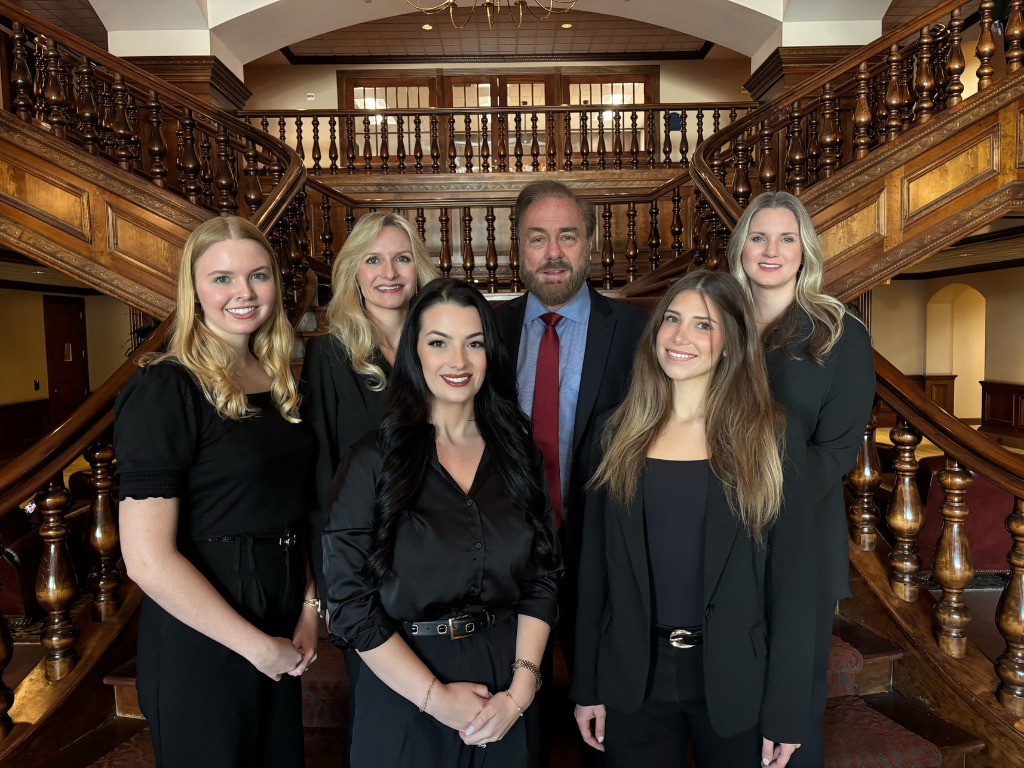On behalf of Ellett Law Offices , P.C. posted in 1. Personal Bankruptcy on Thursday, December 29, 2011
When someone enters bankruptcy, it protects the insolvent party from collectors by discharging the debt that is owed. The number of people filing for bankruptcy steadily increased from 2007 to 2010 until a small dip this past year. Still, roughly 1.4 million people entering bankruptcy proceedings in 2011, which is roughly double the number of filings in 2007.
The protection allowed under Chapter 7 or Chapter 13 bankruptcy gives the insolvent party a chance to move past their current financial hardship and try to rebuild their life. Capital One – the 10th largest bank in the U.S. – is accused of continually harassing bankrupt borrowers to repay discharged debt, an illegal practice that is garnering a lot of attention.
The bank has been accused of filing “erroneous claims” against insolvent individuals. According to a court-ordered auditor investigating Capital One, about 15,500 of these claims have been made by the bank. Over 800 of the people named in those claims have countered with lawsuits against the bank.
While Capital One does not agree with the auditor or his findings, the company did not provide evidence or correct figures to refute the auditor’s claims. “It is our policy and practice not to collect on discharged debt,” said a company spokeswoman.
This is not Capital One’s first brush with these claims though. In 2008, the company was accused by a U.S. bankruptcy trustee of trying to illegally collect discharged debts. The settlement between the trustee and Capital One allowed the auditor to investigate the claims against the bank.
Source: Wall Street Journal, “Debts Go Bad, Then It Gets Worse,” Jessica Silver-Greenberg, Dec. 23, 2011
Tags: Chapter 13, Chapter 7, discharged debt, personal bankruptcy
Arizona Bankruptcy Attorney
Contact Us
